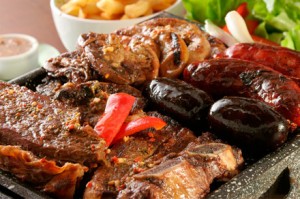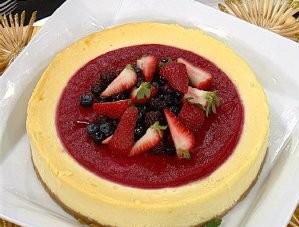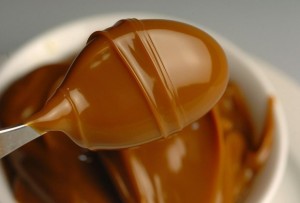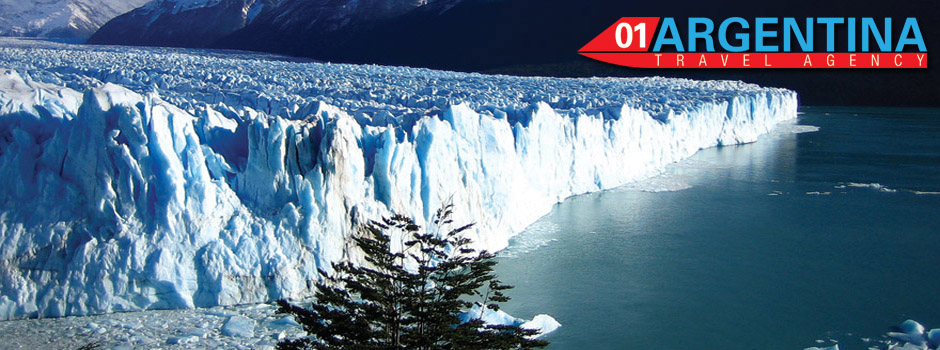 Undoubtedly, Argentina is one of the countries best eats. Any visitor who has come to Buenos Aires or any of its major Northwest cities like Córdoba, El Calafate, Bariloche or Mendoza, to name a few, will check rotten food excellence Argentina.
Undoubtedly, Argentina is one of the countries best eats. Any visitor who has come to Buenos Aires or any of its major Northwest cities like Córdoba, El Calafate, Bariloche or Mendoza, to name a few, will check rotten food excellence Argentina.
A visit to Argentina is not complete without the necessary stops in pizzerias, grills, restaurants or kiosks where you can try an endless variety of local sweets.
They are part of the roast creole cuisine with leather, the soup, the carbon, the tamale, the nickname, the tamale, chanfaina, pies, chipá, porridge, the sweet milk, syrup, the egg yolk, the goat cheese with honey and a delicious variety of local sweets.
Northern cuisine
If we travel through northern Argentina offers among its main attractions typical tasting homemade dishes. These culinary offerings are rooted in some of the local gastronomic traditions that persist in the region for thousands of years. In this thematic itinerary, the pies tucumanas flavors represent one of the captive. The great feature is the form of your filling ingredients and tradition with which they are handcrafted.
The pie in the province of Tucumán is of meeting locals and foreigners. The dish is eaten as a starter in grills and restaurants, and is also presented as a main dish in the entertaining folk clubs, where they act musical and dance groups.
Buenos Aires cuisine
Creole cuisine is the cuisine of the gaucho, nor indigenous cuisine, ie that of the original inhabitants of America. Is a set of trends and products eventually were combining to give a series of dishes and flavors ever evolution, which adapts to the products available, to the times and the Argentine customs.
The Creole, gauchos were nomads. They hunted and slaughtered at random by hunger. Agriculture was unexpected. Mate, guitar, horse, were his belongings.
Roast leather: dish of the province of Buenos Aires. Its preparation is very particular, it is a trench in the ground, place the wood, the fire is lit and always revive it, making sure that the wood is not consumed.
After the coals are removed to make it hot and cleans well pit.
Place the roast with leather supported on earth will be at high temperature. You put a sheet over it and embers were removed from the earth. After two hours remove the lid and roast is tender and moist. Season with salt, pepper and Creole sauce.
Thus, ate roast meat into pieces, cut with a knife to fill pies, stewed or braised. As there was no means of preservation, in times of plenty the poorest expected when the market closed, when price down and eventually gave the leftovers, since it.
Only evolved peoples, settlers, invent the pots and pans.
Patagonica cuisine
The Patagonia cuisine is one of the most varied cuisines of the country. The llama, rhea, mullite, are typical animals of the Andes and Patagonia.
Trout, shellfish, deer, wild boar, Patagonian lamb, crab and a rich variety of desserts.
On the Atlantic coast there are countless fish. Groupers, eels, haddock, hake, clams, mussels and clams. Among the crustaceans, crabs, one meter long is presented in the form of pancakes and saffron sauce. It is one of the best dishes to try in Ushuaia. So is the Patagonian toothfish prepared with lemon and butter sauce.
In other places such as San Martin de los Andes, Junin de los Andes, Bariloche, Villa la Angostura and El Bolson, prepare the Boar burgundy, as costeletas or as medallions accompanied by sauerkraut.
The deer usually prepared to Slayer, pickled or in various forms of trout pate and served whole or fillet. You can serve with mushroom sauce or cypress pine (called morels), sauteed with butter and finely chopped scallion sauce with almonds and lemon with black butter, or herb sauce with potato noisette.
There is also a variety of smoked deer, wild boar smoked, smoked cheese yahumados trout. Served in chopped accompanied with beer or red wine.
A traditional food is the Curanto Patagonia, a combination of meats and vegetables cooked over hot stones in the bottom of a pit dug in the ground covered with leaves and dirt.
Desserts of Patagonia
 In the Andes region of fine dry fruits tested in strawberry jams and jellies, rosehips, cherries, currants and blackberries.
In the Andes region of fine dry fruits tested in strawberry jams and jellies, rosehips, cherries, currants and blackberries.
This area is also notable for the development of a rich artisan chocolate. The combination of cocoa, sugar and take in different ways resulting in dozens of flavors combined with sweet chocolate and fine fruit.
In Gaiman, Chubut, the Welsh and their descendents kept their recipes jealous black cakes, rich chocolate, eaten accompanied by scones and other tea cakes in classic four in the afternoon.
Misiones
In Mesopotamian rivers both manduvé, gold, or tararira Pacu are native.
Thus, each culture, migration, different culinary cultures have proposed a variety of foods and preparations that are in these times.
An Argentine dessert – Dulce de leche
 For over one hundred years, dulce de leche, it has become one sweets more everyday Argentines table.
For over one hundred years, dulce de leche, it has become one sweets more everyday Argentines table.
Tradition has it that on 24 June 1829 at the Estancia La Caledonia was signed the “Pact of canes” between Juan Manuel de Rosas – federal forces chief and commander of the army unit Juan Lavalle.
A maid was in charge of the slurry (hot milk sugar) with your mates taking Roses. Arriving Lavalle, tired from the journey, he lay down on the cot on which rested Rosas.
The maid, who was to take a mate to Rose, he found the place occupied by the enemy head and told the guard. Meanwhile, the slurry boiling in the pot and contents was transformed into the mixture which is “caramel”.
With the introduction of new breeds of cattle in the last century, as the Holstein and local derivation, the Holstein Argentina, there is increased growth dairy industry.
The Milkman: the first distributed milk dairy after milking in carts pulled by oxen and then horses.
The transfer took place in jars of 10 liters, with which the milkman divided his house to house load.
The Martona, first country’s dairy industry was founded by Mr. Vicente Casares in 1889.



